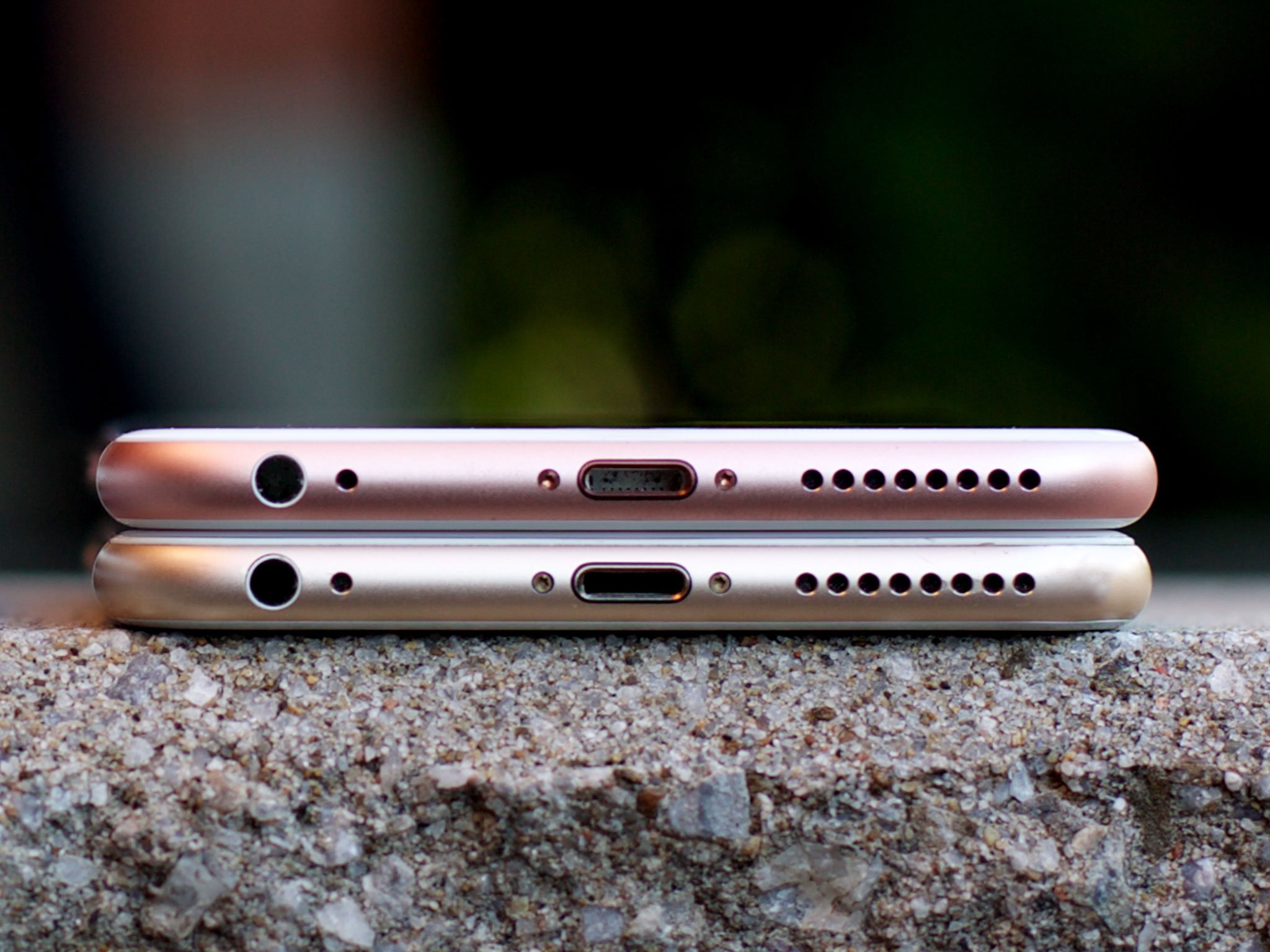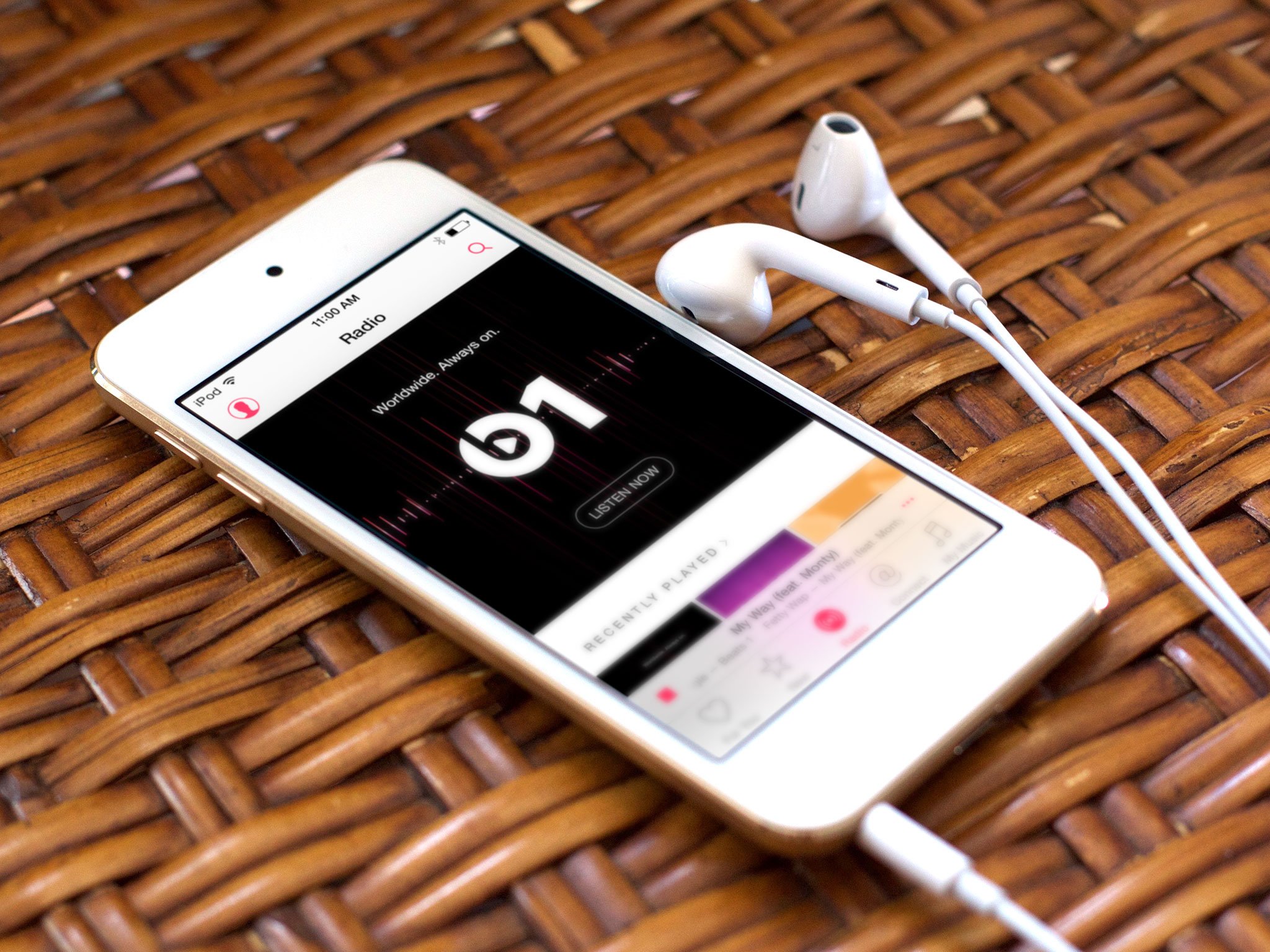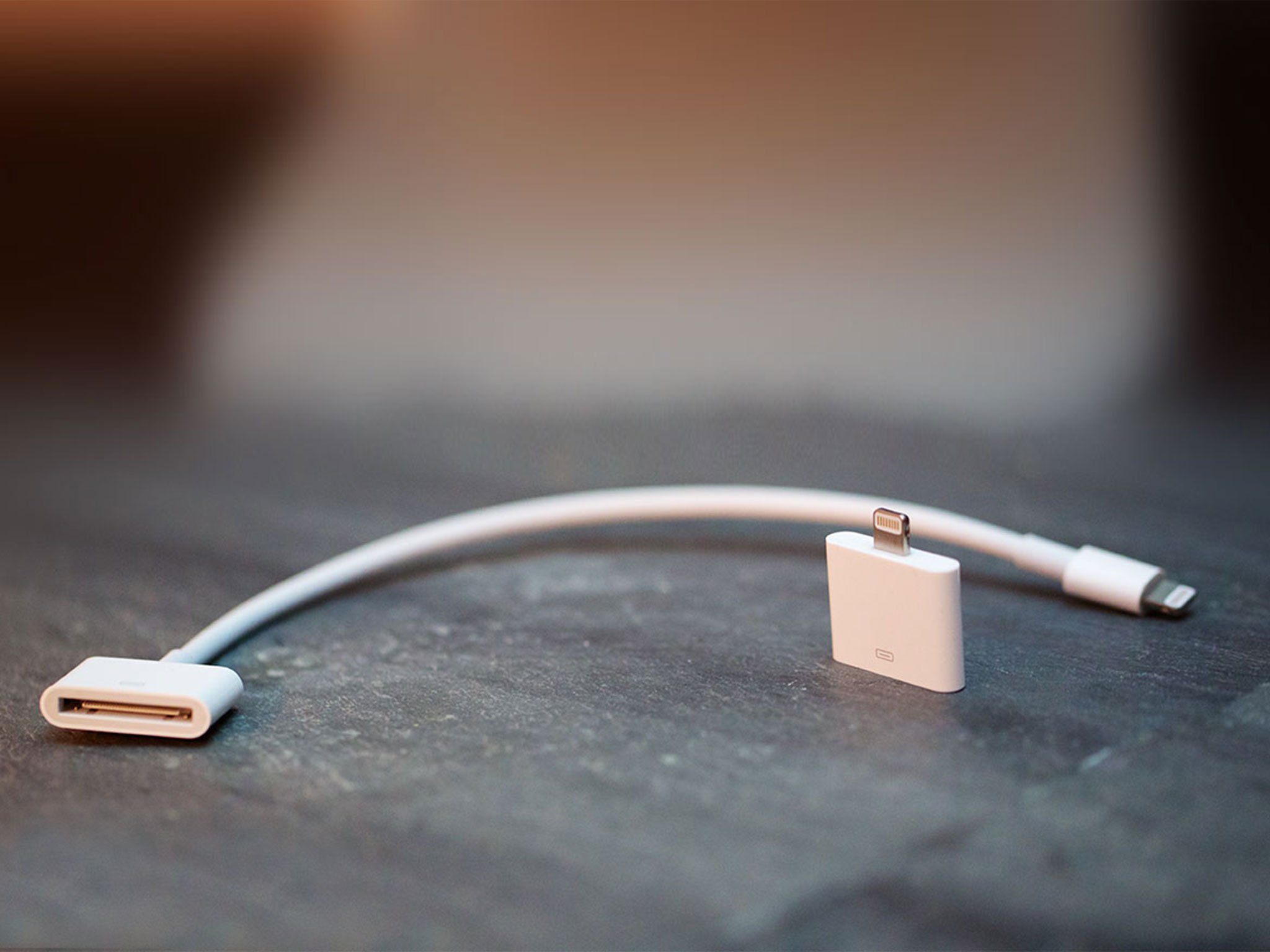3.5mm jacks and the future of iPhone

Apple is going to ditch the 3.5mm headphone jack on the iPhone. That's a headline we see almost every year, this year included. It's provocative. It's controversial. But what does it mean?
Nothing to do with thinness, of course. Whenever you hear "thinness" blamed or complained about, run the other way. Turn an iPhone over, look at the bottom, and see how much "thinner" the iPhone could already get before it comes close to the 3.5mm jack.

Look at an iPod touch and see how much "thinner" it already is even with a 3.5mm headphone jack.
Look at an Apple Watch, which ships without a 3.5mm headset jack, and see how "thinness" has nothing to do with it. Thinness is only ever a byproduct of lightness, and that a byproduct of usability.
The 3.5mm jack does take up space internally, though. Space that, with new elements like the Taptic Engine added—and bezel potentially being removed at some point—is at a severe premium.
It's also old. Over a century old. It's evolved to handle basic controls like play/pause and skip, and to support not only headphones but mics, scientific instruments, credit card readers and more. All without requiring accessory makers license the Lightning connector from Apple.
But it's something extraneous. And if there's any pattern to be drawn from Apple's history of design, it's that anything extraneous is always in danger. If nothing else, Apple is relentlessly fearless when it comes to the future.
Master your iPhone in minutes
iMore offers spot-on advice and guidance from our team of experts, with decades of Apple device experience to lean on. Learn more with iMore!
Do we need a 3.5mm jack for another century? Another decade? Another year? Lightning EarPods in the box and 3.5mm to Lightning adapters, with and without passthrough, could handle wired. Bluetooth—or something better—EarPods could handle wireless.

We've been through similar transitions before. When Apple switched from the decade-old 30-pin Dock connector to Lightning in 2012, it caused a year or so of pain for those who had legacy 30-pin Dock cables and accessories.
That was partly because of the high price of the adapters, partly because Apple failed to get the adapters into stores at launch. Three years later, though, and all that remains is a better connector.
Palm had 2.5mm headset jacks on some of their devices, requiring a 3.5mm adapter to work with conventional headphones. HTC ditched the headphone jack entirely on the Windows Mobile-powered Touch Pro and the Android-powered G1. The company's multifunction audio adapter, though, left much to be desired.
Apple has the resources to explore and prototype anything. They also have the luxury of saying "no" to those experiments and prototypes repeatedly until the time is right to say "yes". They tested big screen phones for years before shipping the iPhones 6, and NFC before shipping Apple Pay.
It would shock me if Apple hadn't explored and prototyped iPhones without 3.5mm headset jacks—if they weren't bound by preconceptions of what might be lost but open to the possibilities of what might be gained. What wouldn't shock me is if Apple, at some point in the future, shipped one.
Because that's always and only what it's ever about—the future.

Rene Ritchie is one of the most respected Apple analysts in the business, reaching a combined audience of over 40 million readers a month. His YouTube channel, Vector, has over 90 thousand subscribers and 14 million views and his podcasts, including Debug, have been downloaded over 20 million times. He also regularly co-hosts MacBreak Weekly for the TWiT network and co-hosted CES Live! and Talk Mobile. Based in Montreal, Rene is a former director of product marketing, web developer, and graphic designer. He's authored several books and appeared on numerous television and radio segments to discuss Apple and the technology industry. When not working, he likes to cook, grapple, and spend time with his friends and family.

